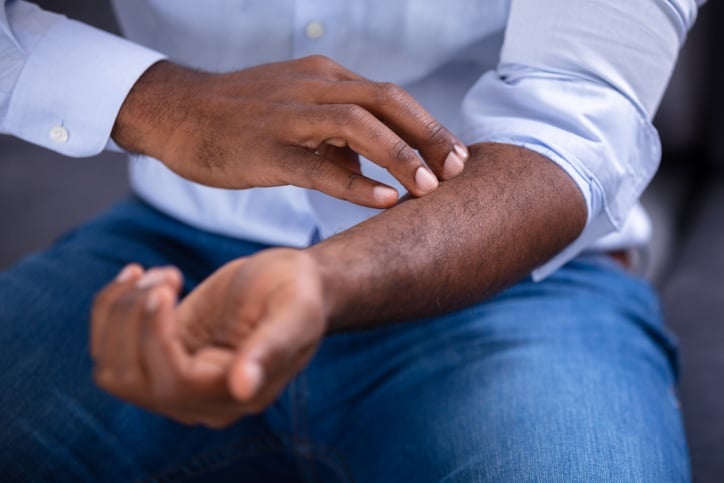A healthy skin is more than just making a person look attractive and younger than their actual age. . We may not realise the importance of skin apart from cosmetic or aesthetic reasoning. Skin helps to protect the body from insults and helps in regulating the body temperature. Those who have diabetes that need diabetes care may find their skin to become dark for no reason.
Do you know that diabetes seems like a common disease or condition of the modern day people? This could be backed by the sedentary lifestyle and the unhealthy eating habits on top of bad management of stress in daily life. It is so common that in Malaysia at least 1 in 5 adults do have diabetes. Statistics show that there are around 422 million people living with diabetes. The worst thing is, at least 1.5 million people passed away from complications of diabetes itself. 65% of those diagnosed with diabetes die from stroke or heart disease.
Type 2 diabetes are caused by inability of the body to utilise insulin or the insulin produced in the body is not enough to meet the body demand in processing the sugar. While it is not fully understood the exact cause for such changes, risk factors such as family members with type 2 diabetes, old ages, bad lifestyle of being physically inactive for less than 150 minutes a week or being overweight/obese are among factors that heightened risk for diabetes. Most common symptoms include extreme thirstiness, frequent urination, excessive hunger, unexplained weight loss and tiredness
Type 2 diabetes is diagnosed through several processes. When a doctor determines that the blood sugar level is high or if a person has classic symptoms of high blood glucose such as increased urination (polyuria), increased thirst (polydipsia) or increased hunger (polyphagia) on top of a positive test, doctor may not do any further test. A person is said to have diabetes when their A1C test shows greater than or equal to 6.5%, oral glucose tolerance test (OGTT) shows greater than or equal to 200 mg/dL, fasting blood glucose or fasting plasma glucose (FPG) test shows greater than or equal to126 mg/dL and random plasma glucose test shows greater than or equal to 200 mg/dL.
Treatment for diabetes often started with lifestyle modification. Due to the fact that many people unable to keep blood sugar level low merely by doing this medication are often prescribed. Metformin, which belongs to the class of biguanides, is usually used as a first antidiabetic agent in patients. However, since in many cases that a person is less likely to achieve the targeted blood sugar level as proposed by the doctor within the timeline stipulated, they may need to get other antidiabetic medicines. In comparison to other people with the same type of diabetes, a person may be given different types of antidiabetic medicines. This is because different medicine works best for different health conditions the person is having. At times, a person may even receive more than one kind of antidiabetic medication when taking one drug alone is not enough to achieve optimal blood sugar level.
In addition to the use of medicines, lifestyle changes to improve blood glucose control are part of the management of diabetes. This includes doing regular physical activity, practising healthy eating habits, losing body weight of at least 5 to 10% of total body weight and managing stress by having enough rest plus relaxation techniques. Diabetes monitoring also plays a crucial role in the outcomes of diabetes. It is best to get regular medical checkups on top of monitoring blood glucose continuously. Eye and foot examination should also be routinely done once diagnosed with diabetes. Patients will be reminded by healthcare providers to check their blood glucose level as much as needed based on the treatment plans and respond towards the treatment.
One of the concerns with diabetes is the dark skin that occurs beside the classic symptoms. One of the common skin conditions associated with dark skin is the dark patch or band of velvety skin to the body creases such as neck, armpits and groin. Patches may also be found in the hands, elbows or knees. This is known as acanthosis nigricans. Another dark skin condition that may be the culprit is diabetic dermopathy or also known as shin spots. It is in the form of brown patches or lines in skin, typically found on the legs. These two dark skin conditions can cause worries to those with diabetes. The dark skin may go away but often with treatment. It is best to get checked by a dermatologist if there is concern regarding changes to the skin. They may be able to provide the best solution and even help in treating the underlying cause which is diabetes by referring to a diabetes specialist.




